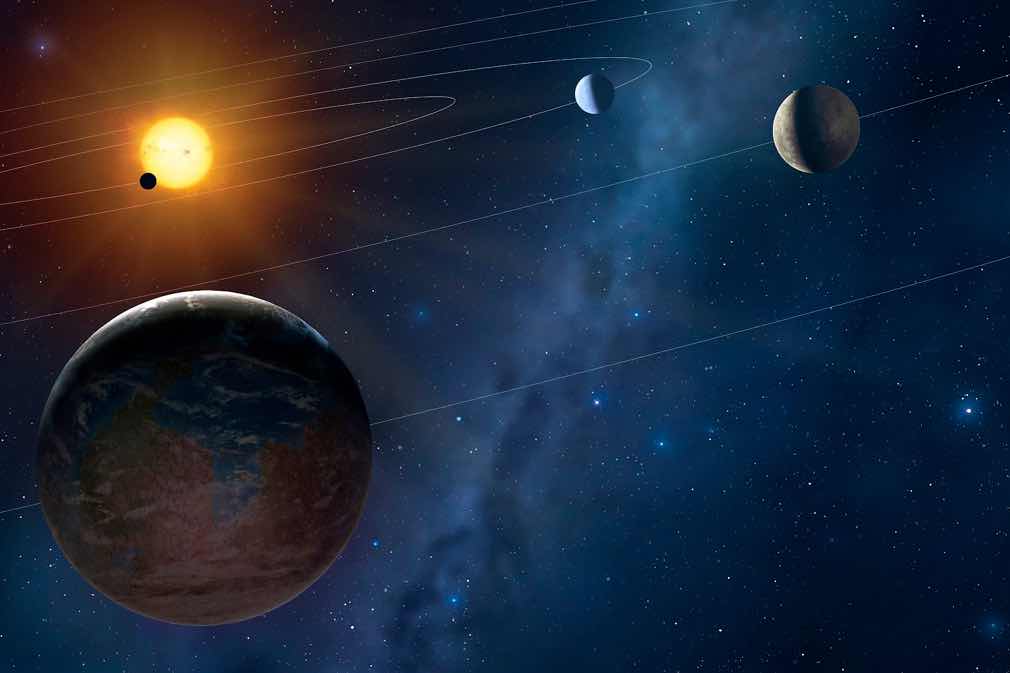
Advertisement
The doughty Kepler Space Telescope might have finally been put to sleep in October 2018, but its successor is picking up the pace. Working alongside ground-based counterparts, the TESS space observatory has spotted more than 100 new extrasolar planets in just three months.
Per the report of the multi-national team of researchers who conducted the study using the Transiting Exoplanet Survey Satellite (TESS), the newly-discovered exoplanets run the gamut of characteristics. This early bounty will provide plenty of new scientific material on exoplanets and the potential for life in other places in the universe.
As their name implies, extrasolar planets are planets that are found outside our Solar System, orbiting alien stars that are not our Sun. They have been the intense focus of so much astronomical research over the past few years.
Many of these candidates were discovered by the decommissioned Kepler. Launched by NASA in 2009, the space telescope is specifically designed to look for exoplanets.
Whenever a planet passes between an observer and its parent star, the light of the planet’s star decreases slightly. Kepler’s photometer instrumentation specialized in spotting these “transits,” so it could detect thousands of potential exoplanets. (Related: Has the second “alien megastructure” been found?)
Old data from the retired Kepler probe revealed 104 new exoplanets
Exoplanet transits are not the only reason for a star to briefly flicker. The raw data collected by Kepler need to be double-checked in order to determine if a dimming event had been caused by the passage of an extrasolar planet or another celestial phenomenon.

Four years into its mission, Kepler reported serious problems with its maneuvering systems that hampered its ability to target the right swathe of space for scanning. NASA implemented an alternative mission called Second Light (K2) that compensated for this problem.
Even with that technical hiccup, Kepler ended up providing so much data on potential exoplanets, researchers are still going through mounds of K2 data as of 2019. And TESS is now delivering fresh new information that is being used to confirm the initial findings of its predecessors.
The data for 227 exoplanet candidates came under the purview of researchers at the University of Tokyo (Todai) and the National Institutes of Natural Sciences (NINS). They leveraged readings from TESS, other space observatories, and ground-based telescopes.
The researchers were able to verify that 104 out of the 227 candidates were indeed exoplanets. These new planets came in all shapes and sizes.
Seven new exoplanets take less than a day to circle their home star
The most interesting of the newcomers are the seven exoplanets that circle their parent star in less than 24 hours. Researchers know very little about the origins of exoplanets with very brief orbital periods. These new specimens could provide much-needed clues about the way they were formed.
In addition, the Todai-NINS researchers have verified the presence of numerous low-mass rocky exoplanets. The mass of these celestial bodies are less than twice that of Earth, which once more raises hopes that at least one of them can be habitable or even similar to our home planet.
Last but not least, they identified several planetary systems that contained more than one extrasolar planet.
“Although the Kepler Space Telescope has been officially retired by NASA, its successor space telescope, called TESS, has already started collecting data,” explained Todai researcher John Livingston. “In just the first month of operations, TESS has already found many new exoplanets, and it will continue to discover many more.”
Livingston expected TESS to make many more exciting discoveries in the future. In the meantime, he published his team’s initial findings regarding the exoplanets in The Astronomical Journal.
Sources include:
Submit a correction >>
This article may contain statements that reflect the opinion of the author
Advertisement
Advertisements
















